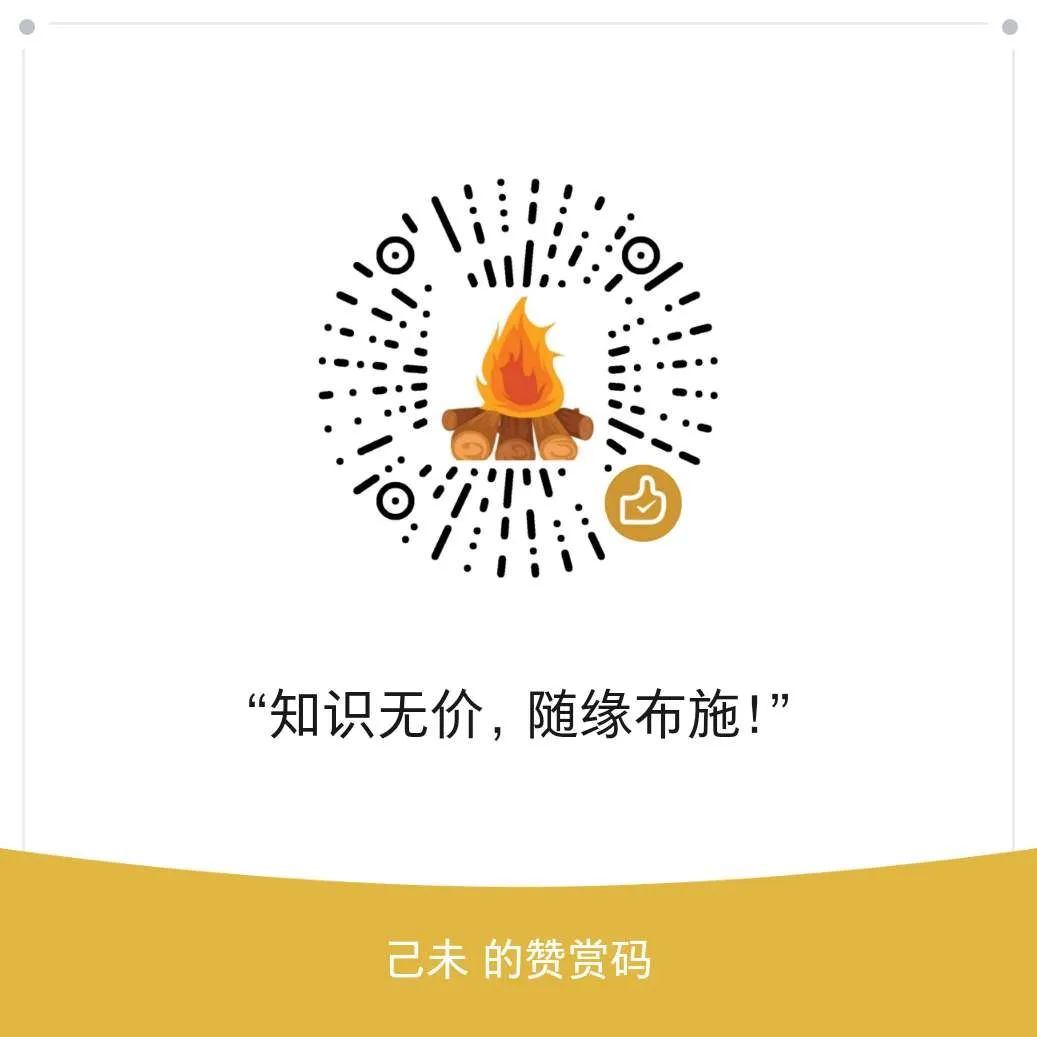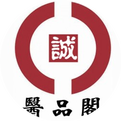




Inquiry into the Five Senses to Assess Illness
The liver governs the five colors, the lungs govern the five sounds, as previously detailed. The heart governs the five odors; patients who prefer certain smells indicate heart conditions. In detail, if a patient prefers burnt smells, it indicates a heart issue. If they prefer fragrant smells, it indicates a spleen issue. If they prefer rotten smells, it indicates a kidney issue. If they prefer fishy smells, it indicates a lung issue. If they prefer pungent smells, it indicates a liver issue. The spleen governs the five tastes; patients who prefer certain tastes indicate spleen conditions. In detail, if they prefer sweet tastes, it indicates a spleen issue.
If they prefer sour tastes, it indicates a liver issue. If they prefer bitter tastes, it indicates a heart issue. If they prefer spicy tastes, it indicates a lung issue. If they prefer salty tastes, it indicates a kidney issue. The kidneys govern the five fluids; the quantity of fluids indicates kidney conditions. In detail, if saliva is produced, it indicates a kidney issue. If sweat is produced, it indicates a heart issue. If tears are produced, it indicates a liver issue. If phlegm is produced, it indicates a spleen issue. If nasal discharge is produced, it indicates a lung issue. The color and quality of these fluids can also provide diagnostic insights.
Inquiry into Spirit to Assess Vitality and Deficiency
In cases of illness, morning clarity indicates the onset of vitality, while evening fatigue indicates decline. If a patient feels well during the day, it suggests that the body’s energy is strong enough to combat pathogens. If they feel worse in the evening, it indicates that the body’s energy is declining, allowing pathogens to take hold. This reflects the natural cycle of illness and health. If a patient maintains their spirit during illness, it indicates that the body’s righteous energy is strong. If they feel weak, it indicates a deficiency of righteous energy.
Inquiry into Daily Activities to Differentiate Yin and Yang, Qi and Blood
Illness that worsens during the day and improves at night indicates a predominance of Yang energy. Conversely, if symptoms worsen at night and improve during the day, it indicates a predominance of Yin energy. If symptoms worsen both day and night, it indicates a severe deficiency of Yang. If symptoms are present both day and night, it indicates a severe deficiency of Yin. If symptoms worsen during the day and improve at night, it indicates a conflict between Yin and Yang, which can lead to severe consequences.
Inquiry into Diet to Differentiate Cold and Heat, Deficiency and Excess
In general, a hearty appetite indicates strong Qi. If appetite is poor, it may indicate either a deficiency of stomach fire or a recent recovery where the patient is overeating without sufficient Qi. If appetite is low and energy is low, it indicates a deficiency. If appetite is low but energy is high, it indicates a stomach issue or lung issue. Preference for cold foods indicates internal heat; preference for hot foods indicates internal cold. Deficiency heat leads to a preference for cold drinks, while excess heat leads to a preference for more cold drinks. Deficiency cold leads to a preference for hot drinks, while excess cold leads to a preference for more hot drinks. This reflects the balance of cold and heat, deficiency and excess, based on quantity. If a patient has no appetite due to food stagnation, it indicates a lack of stomach Qi, while complete loss of appetite indicates a lack of stomach Qi leading to death.
Inquiry into Urination and Defecation to Differentiate Cold and Heat, Deficiency and Excess
The nature of bowel movements indicates the internal condition. Constipation indicates excess, while diarrhea indicates deficiency. If there is no heat present, it indicates a cold condition. If there is no cold present, it indicates a heat condition. The color of urine indicates internal cold or heat. Red urine indicates heat, while pale urine indicates cold. If the urine is consistently pale and cloudy, it indicates damp-heat transformation.
Appendix: The Ten Questions Song
1. Ask about cold and heat, 2. Ask about sweating, to assess the balance of Yin and Yang, and to differentiate true from false. Ask about the presence of sweat to differentiate wind-cold and to distinguish deficiency from excess.3. Ask about head and body, 4. Ask about bowel movements, to assess the severity of head pain and the condition of the body. Severe pain indicates excess, while absence of pain indicates deficiency. Sudden dizziness indicates wind-heat or phlegm, while gradual dizziness indicates deficiency of earth Qi. Ask about the location of body pain to assess meridians. Generalized pain indicates excess, while weakness indicates deficiency. Ask about the color and quantity of urine, and the nature of bowel movements to differentiate cold and heat, deficiency and excess.5. Ask about diet, 6. Ask about the chest, to assess the strength of stomach Qi. Asking about the chest relates to appetite. If there is turbidity rising, it indicates fullness and pain, while absence of pain but fullness indicates Qi stagnation.7. Ask about deafness, 8. Ask about thirst, to differentiate cold and heat, deficiency and excess. Generally, if the mouth is moist, a desire for water indicates cold; if the mouth is hot, a desire for water indicates heat. Severe thirst with delirium and no bowel movement indicates excess; a desire for water at intervals with normal urination indicates deficiency.9. Ask about past illnesses, 10. Ask about causes, to understand pre-existing conditions and the reasons for illness, which guides treatment.Then adjust medication according to changes in symptoms.In the balance of cold and heat, there is a subtlety of transformation.Women must be asked about their menstrual cycle, as delays or irregularities can indicate underlying conditions.
Women are primarily governed by their menstrual cycle; inquire about its regularity to assess health and check for pregnancy.Additionally, inquire about childhood diseases, as measles and chickenpox can be indicative.In children, the onset of rashes can resemble external pathogens; assess the color of the fingers, toes, and behind the ears for diagnosis.
Recommended Reading:
(Reprint Statement: This article is reprinted from the internet, copyright belongs to the original author. If there is any infringement, please contact us for deletion!)
Further Reading of Original Articles:
Supplement on COVID-19: The Five Battlefields and Five Treatment Methods!—> Click to read
Very Important: The Pathogenesis, Differentiation, and Treatment of XG Pneumonia! (Essential Reading)—> Click to read
Six Meridians and Six Major Disease Locations—Three Yin Cold Evil Locations! (Final Article on Understanding Cold Damage)—> Click to read
Six Meridians and Six Major Disease Locations—-Shaoyang Meridian Disease Locations!—> Click to read
Six Meridians and Six Major Disease Locations—–Yangming Meridian Disease Locations! (Crucial for Treating Damp-Heat)—> Click to read
Six Meridians and Six Major Disease Locations—Taiyang Meridian Disease Locations! (Understanding the Taiyang Meridian)—> Click to read
Six Meridians and Six Layers of Vital Energy Restoration! (Complete Guide to Self-Healing Energy)—> Click to read
Comprehensive Explanation of Cervical Spondylosis! (Treatment Methods + Secret External Treatments)—> Click to read
Comprehensive Explanation of Toothache! (Understanding Cold Damage, Pathogenesis, Differentiation, and Treatment)—> Click to readComprehensive Explanation of Insomnia! (Pathogenesis, Differentiation + Core Ideas for Settling Yang)—> Click to readComprehensive Explanation of Fever! (Pathogenesis and Differentiation of Cold Damage, Internal and External Treatment Methods)—> Click to read
Comprehensive Explanation of Headache! (Understanding the Essentials of Differentiation)—> Click to read
For more exclusive TCM secrets, scan the QR code below to follow our public account:

TCM Internal Treatment Course:
“Simplified Classic Formulas Online Class” one-on-one, from differentiation to the use of classic formulas!!!(Click to enter)
TCM External Treatment Course:
“Hands-On TCM” can treat diseases without prior knowledge!!! (One-on-one teaching)(Click to enter)
TCM Learning Mind Map Series:
“Embedding Six Meridians Differentiation”—-Embed Six Meridians Differentiation into Your Brain” electronic mind map (Click to enter)
Self-learning TCM to treat oneself” self-help integrated mind map set(Click to enter)
Yin-Yang Unified Treatment Method (Returning Complex TCM to the Unified Path)(Click to enter)
Comprehensive Dialectical Map of Movement (Whole Body, Micro Yin-Yang Ascending and Descending, Organ Positioning) Mind Map(Click to enter)
If this article has helped you
Please scan to donate,as you wish








